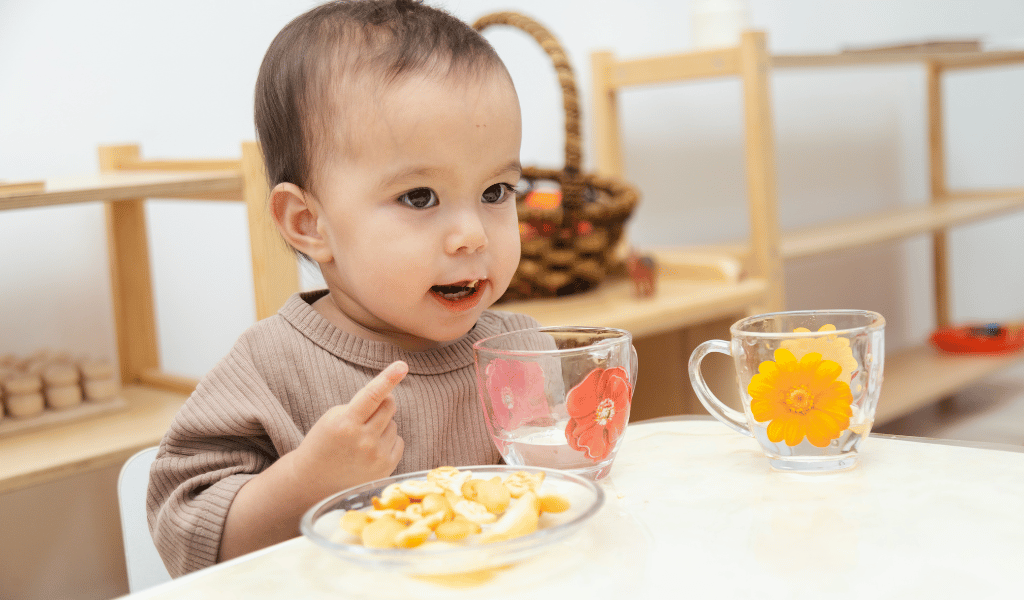In this article, Early Years safeguarding expert Rebecca Martland shares all the latest early years updates and practice review to ensure that you are up to date in this important area.

The purpose of a child safeguarding practice review (CSPR) is to identify lessons for practice improvements. They are initiated when a particular case may highlight lessons to be learnt about the way in which local agencies and professionals work together.
The concerns highlighted by Ofsted and the CSPR should be considered by childminders and setting managers when reviewing their safeguarding policies and daily practice.

All staff should have regular, robust, and ongoing safeguarding and child protection training, including induction training. This includes childminder assistants, even if these are volunteers, such as a family member. Safeguarding should be always at the forefront of staff’s minds with a “think the unthinkable” attitude. Safeguarding topics should be a standard feature of all staff meetings and could include scenarios that enable staff to relate their knowledge to their practice and to demonstrate that they know their local reporting procedures. Staff should know how to escalate their concerns, both within their own setting and with external agencies, if they believe these are not being taken sufficiently seriously or acted on quickly enough. Flow charts showing safeguarding procedures and key contact information could be displayed on a noticeboard or even in the toilets – where there is a captive audience!
Reflective supervision is an essential feature of strong safeguarding practice and should be engaged in regularly with all staff. Supervision is an opportunity for staff to share their concerns, including safeguarding concerns, and discuss these in a safe, supportive space.

Staff need to understand the importance of not taking things at face value, to probe if they have niggly concerns, and to question if what they are hearing does not match what they are seeing, or vice versa. They should use their knowledge of the child to build up a picture of their day-to-day experience, showing curiosity about their life and relationships beyond the setting, such as at home and in the local community. Settings should have effective systems in place for ensuring the information they have about a child, including who is living in the home, is accurate and up to date, and that parents actively advise of any changes. Staff should be alert to factors in the child’s life that may increase their risk of harm, including where there are concerns relating to erratic attendance, neglect, mental ill health, domestic abuse or parental conflict, substance and/or alcohol misuse. Where attendance is a concern there should be a clear procedure that staff are familiar with to ensure that a child is safe. This should cover one-off absences where an expected child does not arrive, and ongoing issues that may be indicative of a wider concern, including neglect. In both situations, a curious and timely response is required.

All staff should be assessing risk throughout the day, as well as performing any set risk assessment procedures the setting has. Wherever possible, children should be actively encouraged to take part in assessing and managing risk, as this will help them to gain a better understanding of potential hazards in their environment and manage their risks accordingly.
Risk assessments for safer sleeping and safer eating are particularly important, as there have been recent child deaths in early years settings where good practices in these areas have not been followed. After the death by choking of Oliver Steeper in a nursery in 2021 there was a Local Child Safeguarding Practice Review which included in its recommendations both local and national safer eating guidance for childcare settings and accompanying campaigns. This led to an update in the wording of the EYFS in September 2023 which now states that children must be in sight as well as hearing whilst eating.
Following this change it is important that settings risk assess and consider how they organise their mealtimes. Do staff sit and eat with children and use this time as an opportunity for conversation? Can they see children’s faces whilst they are eating? Choking is silent so a view of their back is not enough! The DfE also released additional guidance on safer eating practices DfE ‘help for Early Years’ safer food guidance

The EYFS also states the requirements for early years settings for children’s sleeping arrangements. These include frequently checking sleeping children, making sure cots and bedding are in good condition and appropriate to the age of the child, and ensuring that babies are placed to sleep in line with the current safety guidance Sudden infant death syndrome (SIDS) – NHS. The EYFS signposts practitioners to further NHS advice Safety of sleeping children: Reduce the risk of sudden infant death syndrome (SIDS)
Staff should know who they need to share safeguarding child protection information with, when and how, and the procedures in place for sharing appropriate information with other settings. Staff should understand that whilst data protection legislation prevents the unlawful sharing of personal information there are specific provisions that permit sharing of sensitive personal data for the purpose of protecting children.

This important document, which all early years professionals should be familiar with, has been fully revised, with the updated version published in December 2023. See the full document & summary of changes. The new version:
KCSIE is non-statutory for most Early Years settings except maintained nursery schools but does provide guidance and information that settings will find valuable.
It was updated in September 2023, including minor updates to terminology, clarification around safer recruitment records, requirements for staff training and policies regarding online safety and filtering and monitoring online use on devices/IT systems and staff responsibilities around this.

In September 2023 the sections in the EYIH around safeguarding were updated and expanded. Paragraphs 57-60 clearly state Ofsted’s expectations in Early Years settings for safeguarding and protecting children.
‘’All early years providers should have an open and positive culture around safeguarding that puts children’s interests first. This means they:
Further updates to the EYIH are in preparation to reflect the changes in the EYFS 2024 and the Ofsted complaints process.
Oh! And don’t forget to read part one of this blog about the EYFS 2024 changes.